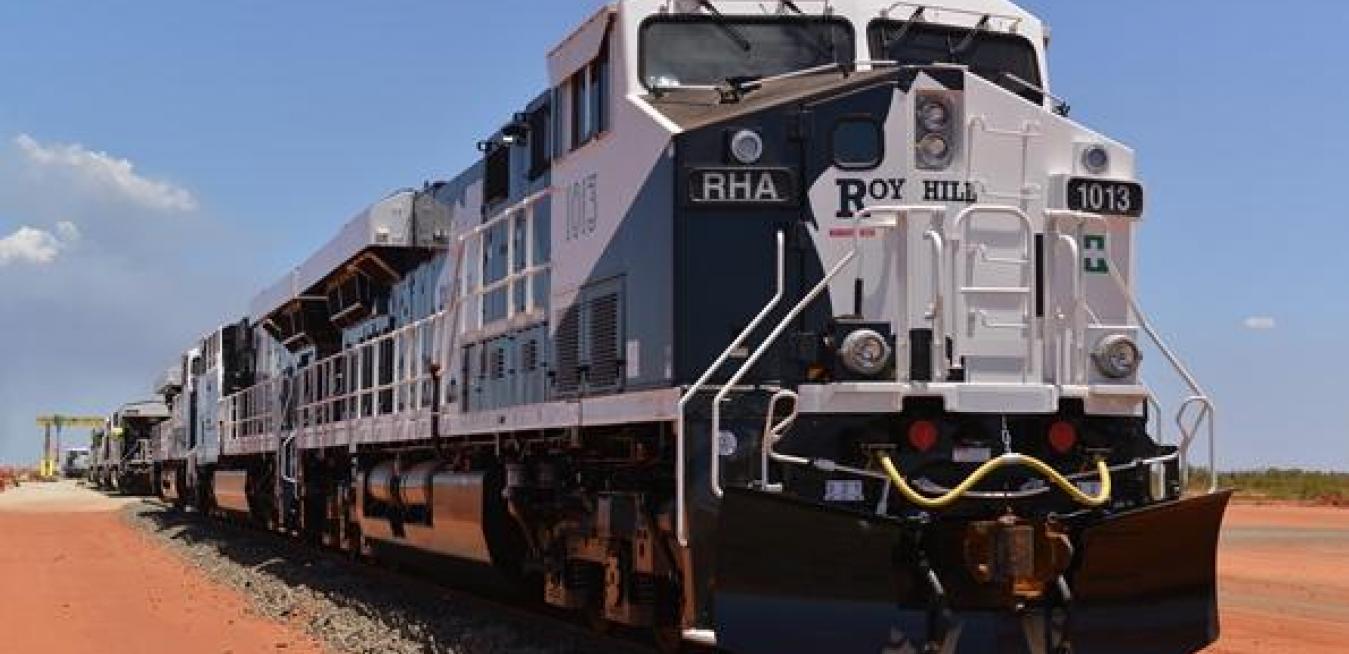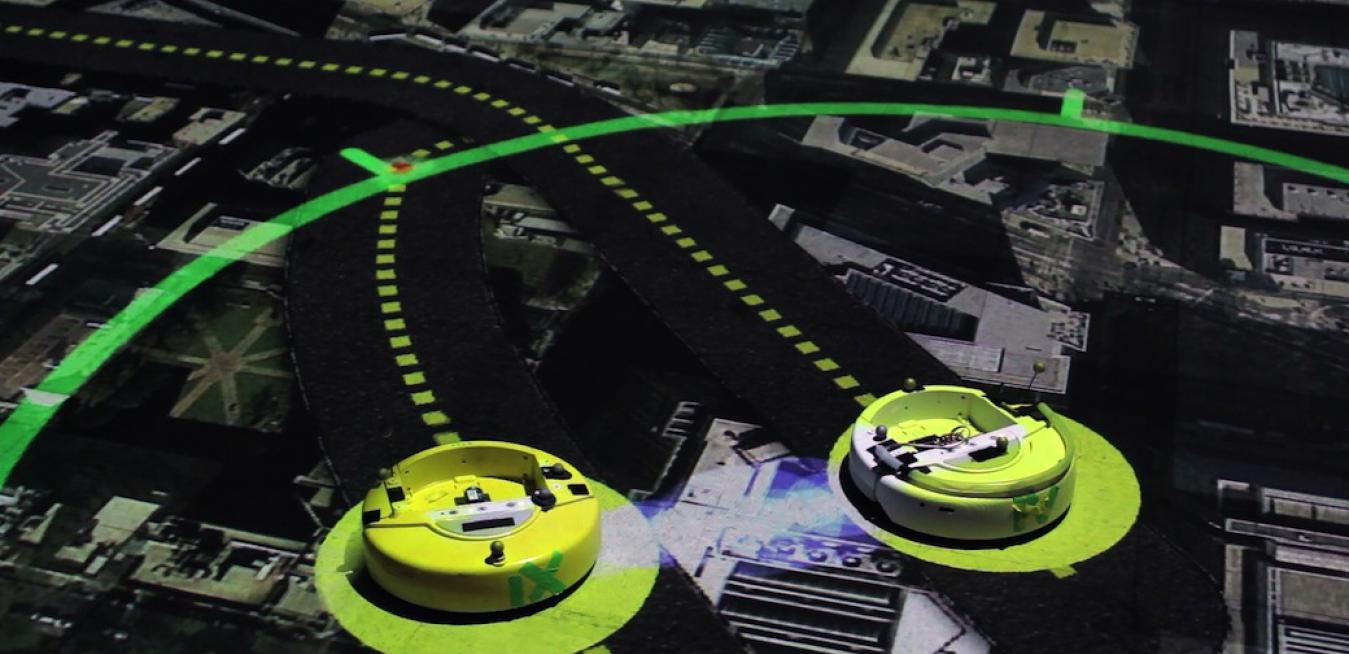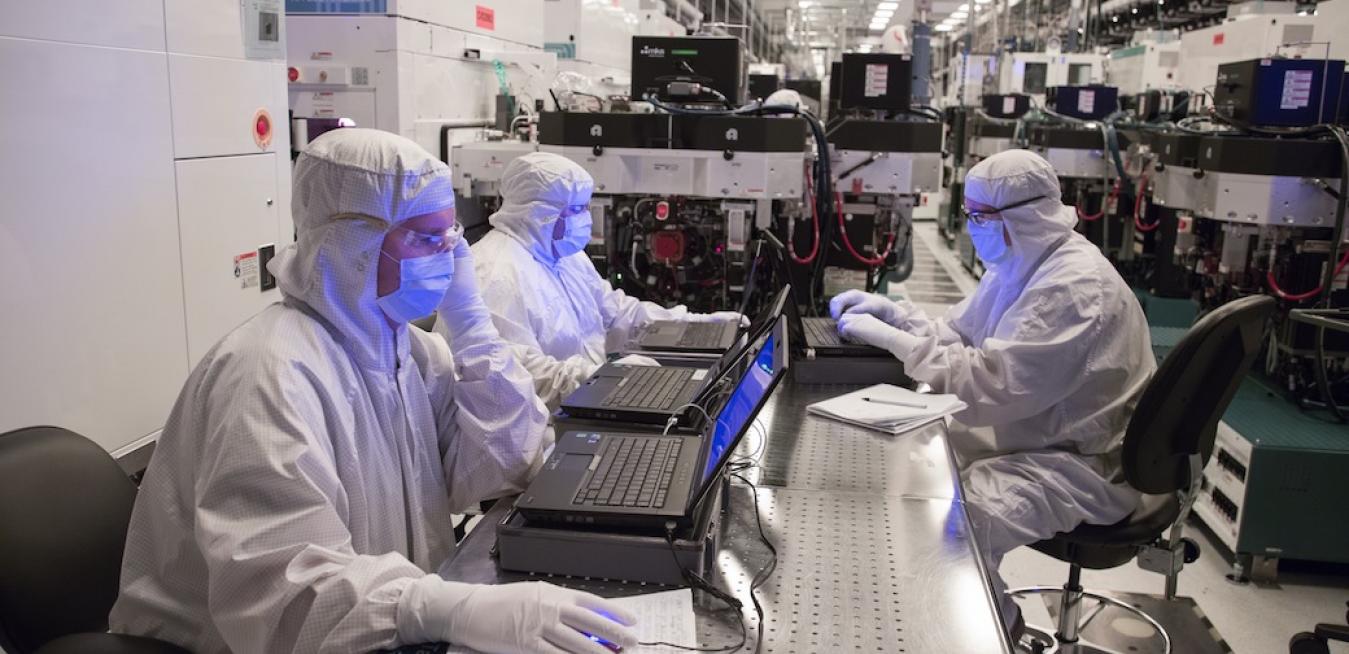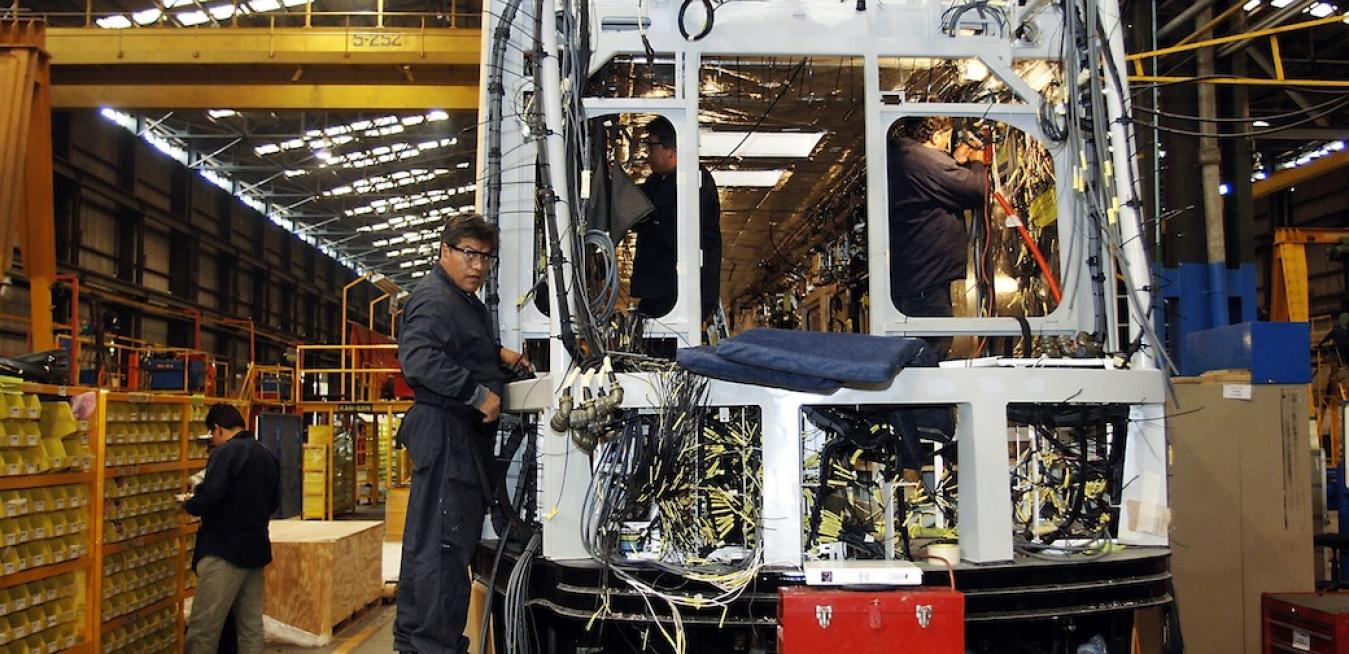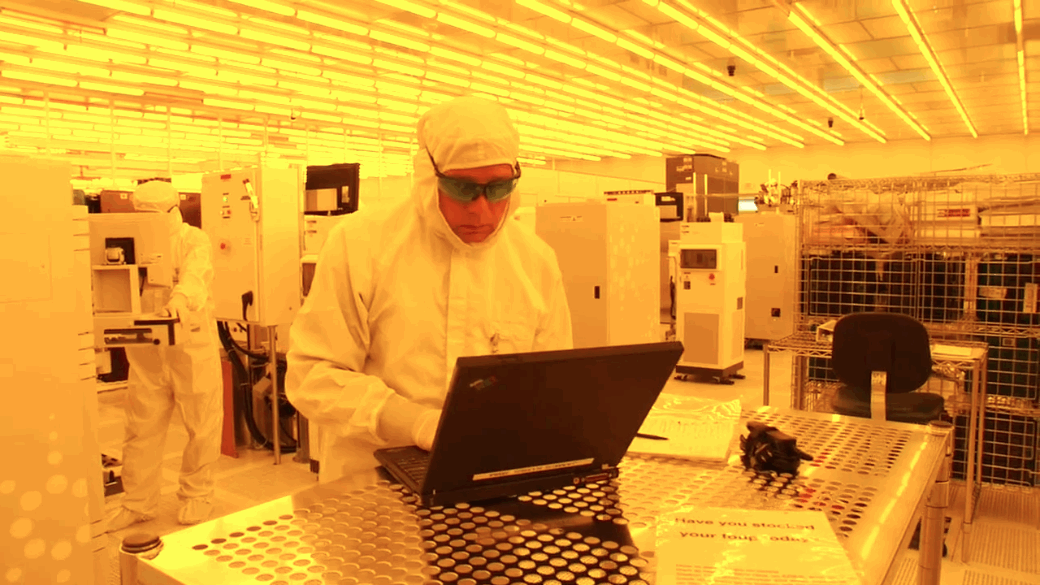The super science summary
As GE takes the next technological leap forward, sensor-enabling its machinery, from streetlights to locomotives, and wirelessly capturing the data that flows from each connection point, coding provides the means not only to sift and analyse the stream, but to net the benefits. Programmers will identify the anomalies that save millions, and code the operational twists that change lives.
A new spin on virtual reality helps engineers read robots’ minds.
In a darkened, hangar-like space inside MIT’s Building 41, a small, Roomba-like robot is trying to make up its mind.Standing in its path is an obstacle — a human pedestrian who’s pacing back and forth. To get to the other side of the room, the robot has to first determine where the pedestrian is, then choose the optimal route to avoid a close encounter.
Why, where and how companies will innovate in 2015
If patents are viable proxies for innovation, then “innovation is on the rise”, states the Thomson Reuter’s 2014 State of Innovation report. The computing sector alone logged in 300,000 unique inventions. Rounding out the report’s top five most innovative industries were telecommunications (126,000 patents), automotive (123,000), semiconductors (97,000) and medical devices (75,000). All five industries had more R&D activity in 2013 than in the year before.Almost 10 years later, it is clear that the gamble paid off. The factory has flourished and employs more than 1,800 workers. Bombardier continues to generate profits from its Mexico plants and is expanding there.







